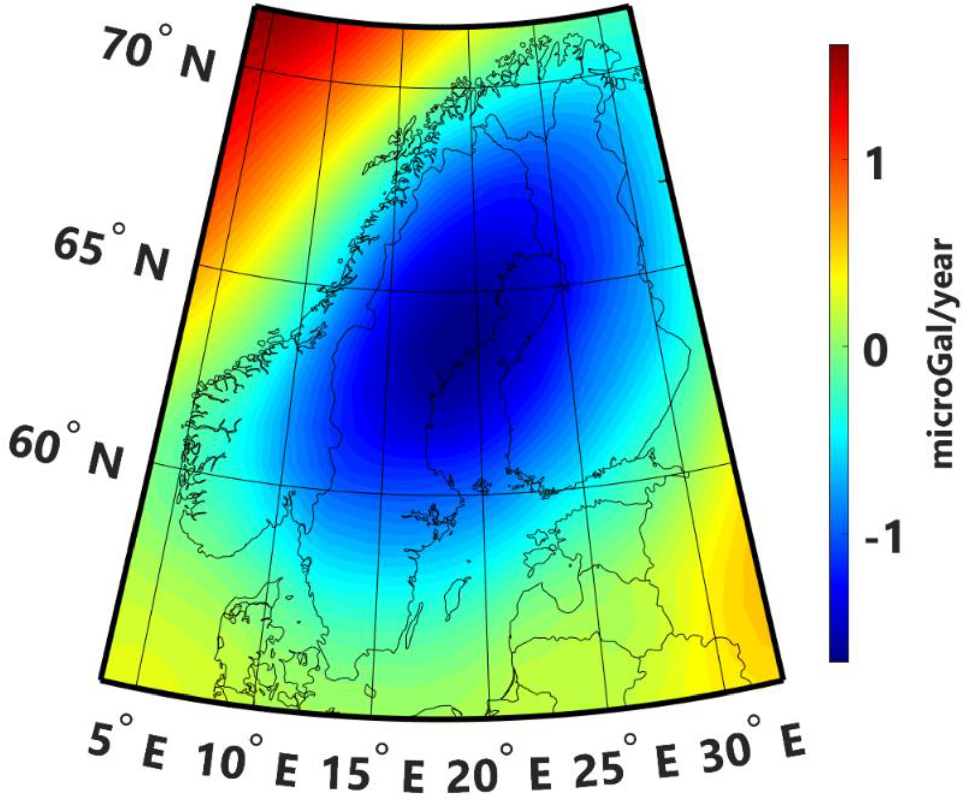2025-02-03 カリフォルニア大学サンタバーバラ校 (UCSB)
<関連情報>
- https://news.ucsb.edu/2025/021745/researchers-solve-fluid-mechanics-mystery
- https://journals.aps.org/prl/abstract/10.1103/PhysRevLett.134.034001
- https://www.pnas.org/doi/abs/10.1073/pnas.1702469114
複雑な分岐ネットワークにおける不均一な広がりをもたらす外因性-内因性界面活性剤相互作用 Exogenous–Endogenous Surfactant Interaction Yields Heterogeneous Spreading in Complex Branching Networks
Richard Mcnair, Fernando Temprano-Coleto, François J. Peaudecerf, Frédéric Gibou, Paolo Luzzatto-Fegiz, Oliver E. Jensen, and Julien R. Landel
Physical Review Letters Published 23 January, 2025
DOI:https://doi.org/10.1103/PhysRevLett.134.034001
Abstract
Experiments have shown that surfactant introduced to a liquid-filled maze can find the solution path. We reveal how the maze-solving dynamics arise from interactions between the added surfactant and endogenous surfactant present at the liquid surface. We simulate the dynamics using a nonlinear model solved with a discrete mimetic scheme on a graph. Endogenous surfactant transforms local spreading into a nonlocal problem with an omniscient view of the maze geometry, key to the maze-solving dynamics. Our results offer insight into surfactant-driven transport in complex networks such as lung airways.
微量の界面活性剤が超疎水性表面の抗力低減を著しく制限する可能性 Traces of surfactants can severely limit the drag reduction of superhydrophobic surfaces
François J. Peaudecerf, Julien R. Landel, Raymond E. Goldstein, and Paolo Luzzatto-Fegiz
Proceedings of the National Academy of Sciences Published:June 27, 2017
DOI:https://doi.org/10.1073/pnas.1702469114
Significance
Whereas superhydrophobic surfaces (SHSs) have long promised large drag reductions, experiments have provided inconsistent results, with many textures yielding little or no benefit. Given the vast potential impact of SHSs on energy utilization, finding an explanation and mitigating strategies is crucially important. A recent hypothesis suggests surfactant-induced Marangoni stresses may be to blame. However, paradoxically, adding surfactants has a barely measurable effect, casting doubt on this hypothesis. By performing surfactant-laden simulations and unsteady experiments we demonstrate the impact of surfactants and how extremely low concentrations, unavoidable in practice, can increase drag up to complete immobilization of the air–liquid interface. Our approach can be used to test other SHS textures for sensitivity to surfactant-induced stresses.
Abstract
Superhydrophobic surfaces (SHSs) have the potential to achieve large drag reduction for internal and external flow applications. However, experiments have shown inconsistent results, with many studies reporting significantly reduced performance. Recently, it has been proposed that surfactants, ubiquitous in flow applications, could be responsible by creating adverse Marangoni stresses. However, testing this hypothesis is challenging. Careful experiments with purified water already show large interfacial stresses and, paradoxically, adding surfactants yields barely measurable drag increases. To test the surfactant hypothesis while controlling surfactant concentrations with precision higher than can be achieved experimentally, we perform simulations inclusive of surfactant kinetics. These reveal that surfactant-induced stresses are significant at extremely low concentrations, potentially yielding a no-slip boundary condition on the air–water interface (the “plastron”) for surfactant concentrations below typical environmental values. These stresses decrease as the stream-wise distance between plastron stagnation points increases. We perform microchannel experiments with SHSs consisting of stream-wise parallel gratings, which confirm this numerical prediction, while showing near-plastron velocities significantly slower than standard surfactant-free predictions. In addition, we introduce an unsteady test of surfactant effects. When we rapidly remove the driving pressure following a loading phase, a backflow develops at the plastron, which can only be explained by surfactant gradients formed in the loading phase. This demonstrates the significance of surfactants in deteriorating drag reduction and thus the importance of including surfactant stresses in SHS models. Our time-dependent protocol can assess the impact of surfactants in SHS testing and guide future mitigating designs.



